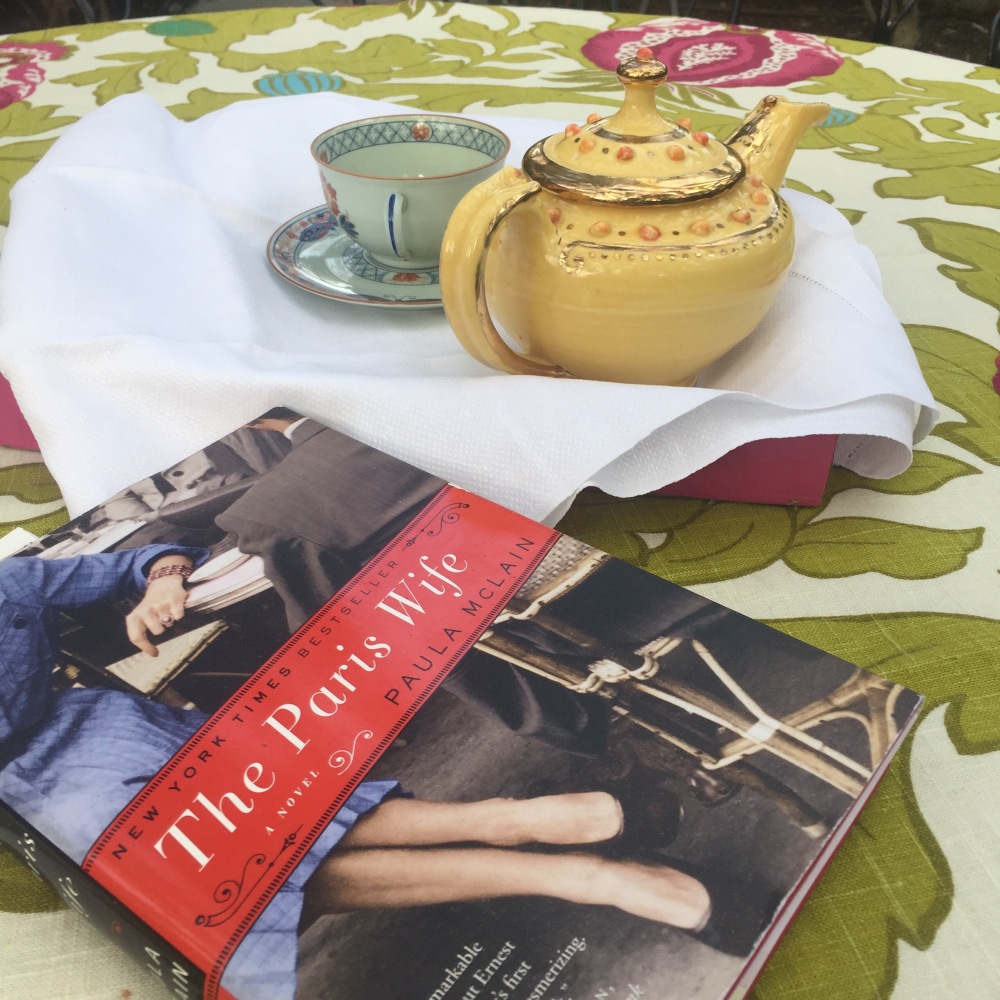
When The Paris Wife made its 2011 debut to much fanfare, I had little interest in picking it up. I had no idea who Hadley Richardson was and hadn’t read any Hemingway, so I imagined I’d have trouble relating to or enjoying Paula McLain’s work. Fast-forward five years and I’ve still only read one Hemingway book (and marked that milestone with an effusive review), but it was A Moveable Feast, a memoir in which I had enough entrée into Hem and Hadley’s world that I was hungry for more—and whether or not the account was entirely true (it’s not—but it is historical fiction very much grounded in fact), The Paris Wife was just the ticket.
I’ve tried to begin this review multiple times now, and can’t think of any way to start apart from the following: I absolutely loved this book. It was one of the books that I carried around with me during the day and awkwardly attempted to read while walking down the street (until I was deterred by one too many pedestrian scowls). Apart from an intense obsession with Philippa Gregory’s Boleyn series in sixth grade, I’m not the biggest historical fiction fan—when it comes to history, truth is often stranger—and more interesting—than fiction, so I’ve since supplemented the Gregory tomes with works by Ackroyd and Weir. That being said, Paula McClain may have convinced me to make the switch back; sacrificing the drier passages that are essential to the big picture in the history books in favor of scandal and intrigue that may or may not stretch the truth had me flipping pages faster than ever.
The book begins in Chicago, where Hadley Richardson, a veritable old maid at twenty-nine in the 1920s, meets a young and impossibly charming young Hemingway, eight years her junior, while staying at a friend’s house on a visit from her hometown, St. Louis. The two are instantly taken with each other, and become pen pals, sending each other daily letters to atone for their geographic distance. Within less than a year, Ernest proposes marriage. And so the story begins.
Much like Hemingway’s own Moveable Feast, the book is a fabulous insight into Paris in the early 20th century, the veritable literary epicenter of the world—a cultural hub it would be impossible to compare with a modern equivalent; it has simply remained unmatched. The reader learns of the tumultuous relationship between the Fitzgerald’s, the literary salon of Gertrude Stein, and James Joyce’s inability to stop having children. Hadley narrates the book in a manner that manages to remain true to the 1920s style of speaking and also modern enough that the book is a much a page-turner as any recent release. She portrays Hadley and Hemingway’s relationship in wonderfully thorough detail, and offers welcome descriptions of his literary process; as soon as I finished it, I ordered a copy of The Sun Also Rises. Though bullfighting never interested me before, after being treated to simple tidbits of the evocative descriptions and the story behind the plot that The Paris Wife provides, there was no way I’d be able to resist for much longer.
Whether you’re a Hemingway dabbler like me, a full-fledged fan, or someone whose never had any interest in touching his books, I promise you this book will make a fan (or, if you already hold that title, an even bigger fan) out of you. If you’re anything like me, upon completion you’ll be switching back and forth through browser windows: one open to Amazon, to purchase the best of Hem, and the other to Expedia, because after reading this, there’s nowhere to go but Paris. Bon voyage!
